When do you Tear out your Annuals
mary_max
11 years ago
Related Stories

REMODELING GUIDESWhat to Know Before You Tear Down That Wall
Great Home Projects: Opening up a room? Learn who to hire, what it’ll cost and how long it will take
Full Story
DECORATING GUIDESHow to Decorate When You're Starting Out or Starting Over
No need to feel overwhelmed. Our step-by-step decorating guide can help you put together a home look you'll love
Full Story
HOUSEPLANTSBaby Tears Mimics Moss for a Green Accent Indoors
This adaptable spreader thrives in water or soil, making it a terrific addition to containers and living walls
Full Story
GREAT HOME PROJECTSHow to Tear Down That Concrete Patio
Clear the path for plantings or a more modern patio design by demolishing all or part of the concrete in your yard
Full Story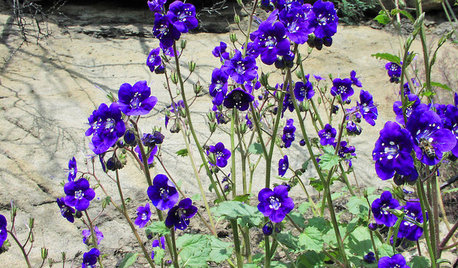
GARDENING GUIDESGreat Design Plant: Annual Phacelias
Coveted by California beekeepers and wildlife gardeners, phacelias are worth planting now for their prolific blue to purple spring blooms
Full Story
EVENTSGet Inspired at the 40th Annual American Craft Council Show
In San Francisco this weekend? Celebrate modern design and craft at the West Coast’s largest show of handmade creations
Full Story
GREEN BUILDINGHouzz Tour: See a Maine House With a $240 Annual Energy Bill
Airtight and powered by the sun, this energy-efficient home in a cold-winter climate is an architectural feat
Full Story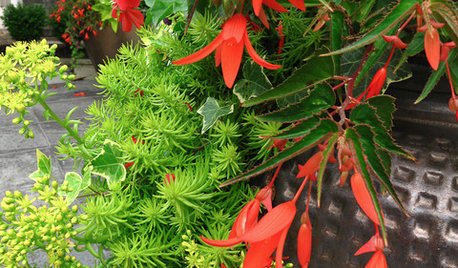
GARDENING GUIDESSuperstar Annuals for Containers and Baskets
High performing, low maintenance and all-around gorgeous, these container plants go the distance while you sit back and relax
Full Story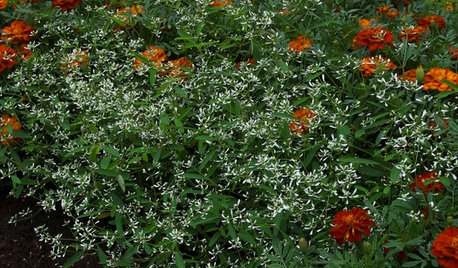
GARDENING GUIDES7 Enticing, Little-Known Annuals of the Plant World
Give these underutilized garden wonders a chance by discovering their draws
Full Story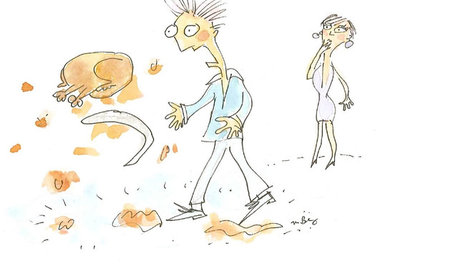
MOST POPULARThanksgiving Tales: When the Turkey Tanks
Houzz readers prove adept at snatching victory from the jaws of entertaining defeat
Full Story






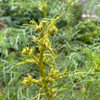

rosiew
ken_adrian Adrian MI cold Z5
Related Professionals
Danbury Landscape Architects & Landscape Designers · Fillmore Landscape Architects & Landscape Designers · Signal Hill Landscape Architects & Landscape Designers · Simi Valley Landscape Architects & Landscape Designers · Stoughton Landscape Contractors · Brockton Landscape Contractors · Burlington Landscape Contractors · Chattanooga Landscape Contractors · Rockville Landscape Contractors · San Benito Landscape Contractors · Waltham Landscape Contractors · Reisterstown Landscape Contractors · Milpitas Driveway Installation & Maintenance · Aventura Decks, Patios & Outdoor Enclosures · Salem Decks, Patios & Outdoor Enclosuresmary_maxOriginal Author
Tiffany, purpleinopp Z8b Opp, AL
TNflowerlover Zone 7a
ken_adrian Adrian MI cold Z5
dowlinggram
kimka
rosiew
Tiffany, purpleinopp Z8b Opp, AL
rosiew
rhizo_1 (North AL) zone 7
ken_adrian Adrian MI cold Z5
Tiffany, purpleinopp Z8b Opp, AL
mxk3 z5b_MI